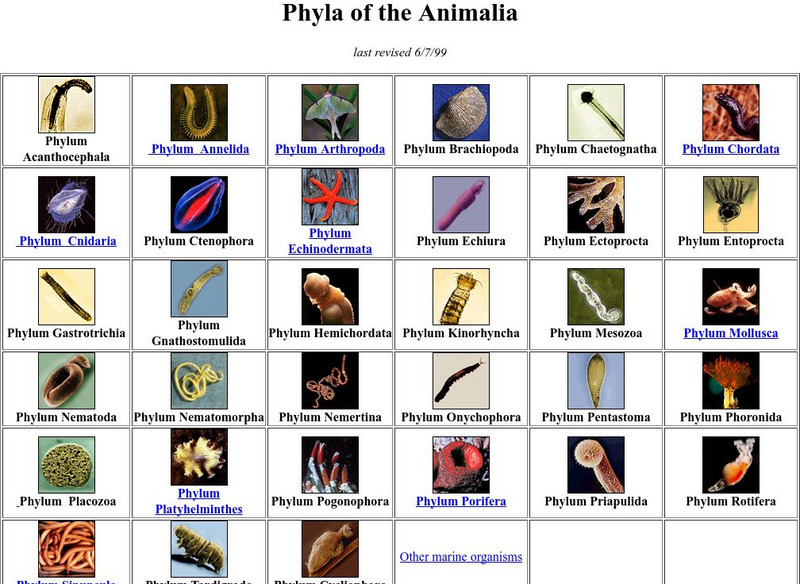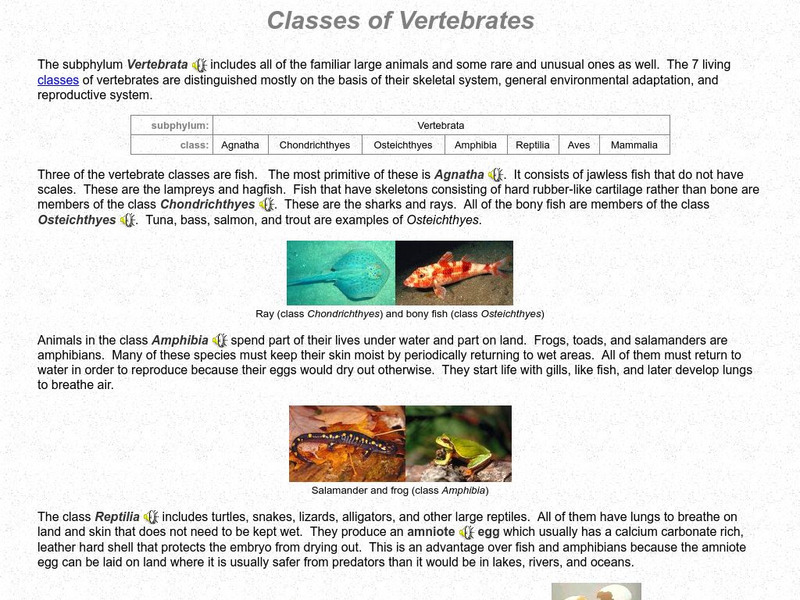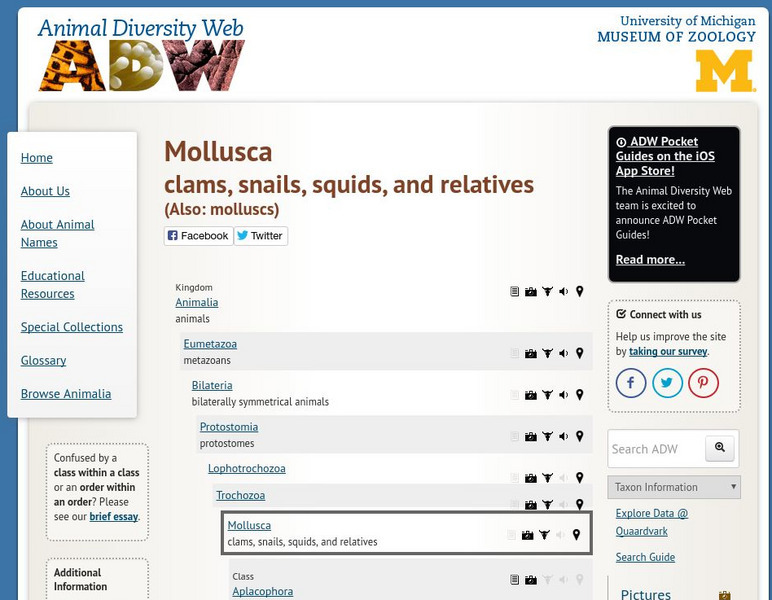Curated OER
Seashore Limitations
Students demonstrate the movements and behaviors of creatures from different parts of the ocean.
Curated OER
The Brine Shrimp Project
Tenth graders design and conduct a laboratory investigation to determine how different factors may affect the hatching and development of brine shrimp eggs.
Curated OER
Classification
Second graders sort insects into groups by determining similar characteristics. They role play as Entomologists to sort insects.
Curated OER
Marketing the New Hybrids
Young scholars work together to develop a hypothesis on the natural and applied hybridization of certain species in an ecosystem. Using the internet, they research this topic and read any recent articles or studies. They must note the...
Curated OER
SEXUAL LIFE CYCLE DEVELOPMENT USING MONOCYSTIS
Students perform a lab to becoe familar with scientific concepts. The skill of inquiry is essential and this lesson furthers its development. The intelligence of kinesthetics is used as learners perform the many aspects of this lab...
Curated OER
Internet Gastropod Research
Use the Internet to research gastropods. Using their textbook, students identify questions by topic they are interested in finding more in depth information. They answer each question and cite at least two internet URLs for each. They...
Curated OER
Classification
In this biology worksheet, students identify and locate various vocabulary terms related to the classification of living things. There are 32 biology terms located in the word search.
Curated OER
Algae
In this biology worksheet, students identify and locate various vocabulary terms pertaining to algae. There are 54 biology terms located in the word search.
Curated OER
Reading Comprehension: The Insect World
In this comprehension worksheet, students read a non-fiction passage titled, "The Insect World" and complete 5 short answer questions.
Curated OER
Meet the Arctic Benthos
Students recognize and identify major groups found in the Arctic benthos. They describe common feeding strategies used by benthic animals in the Arctic Ocean. They discuss relationships between
Curated OER
Coral Reef Bleaching
High schoolers explore the structural biology of corals. Working individually, students identify how corals become bleached and which conditions produce more and less coral bleaching. High schoolers explore how this effects the...
Curated OER
Nudibranchs-Splendid Sea Slugs
Students brainstorm a list of colorful animals and research why they are colorful. In this biology lesson, students sketch what a nudibranchs look like before watching a video. They compare their sketch to the actual...
Estrella Mountain Community College
Estrella Mountain Community College: Phylum Annelida
This section (in table of contents as "Phylum Annelida: Segmented Worms") gives a description of how segmented worms developed certain characteristics as well as it explains the differences in the evolution of different classes of...
PBS
Pbs: The Shape of Life: Activities and Resources: Phylum Comparison [Pdf]
Students explore eight major phyla of the animal kingdom by comparing body plans, animal behavior, evolution, reproduction, and more. Includes a one-page reference to characteristics by phylum.
Untamed Science
Untamed Science: Phylum Chordata
Learn about the characteristics, classification, and phylogeny that make the Phylum Chordata, a distinct animal classification group. See examples and photos of different species of chordates.
Columbia University
Columbia University: Phyla of the Animalia
Visual and textual information of the major animal phyla with a focus on marine organisms.
PBS
Pbs the Shape of Life: Phylum Chordata
From a PBS television series, this site offers a summary of the features which characterize the phylum chordata and includes multiple color photos.
CK-12 Foundation
Ck 12: Episd: Animal Classification
[Free Registration/Login may be required to access all resource tools.] Check out the diverse traits that animals can have that put them into different Phyla to make it easier to classify them.
Science Buddies
Science Buddies: Finding Phyla
Animals come in all shapes and sizes, each a small part of the amazing diversity of life. These differences can also help us to classify animals into different groups. Which group do you belong to? Do this experiment to investigate the...
Palomar Community College District
Palomar College: Class
In the animal kingdom, there are seven living classes in the phylum Vertebrata. The Palomar College shares detailed information on each of these classes. Includes examples and photos as well as a follow-up quiz.
Regents of the University of Michigan
Animal Diversity Web: Phylum Mollusca (Mollusks)
A great, detailed description of mollusks. Discusses parts of their external and internal anatomy and their functions, and lists several characteristics of mollusks. Tabbed pages include pictures, specimens and classification.
Regents of the University of Michigan
Animal Diversity Web: Phylum Annelida (Segmented Worms)
Outlines the morphology common to Annelid classes as well as their development.
Regents of the University of Michigan
Animal Diversity Web: Phylum Arthropoda
This general overview of the arthropod phylum, which includes insects and arachnids, looks at such topics as body symmetry, appendages, movement, respiratory and nervous systems, and reproduction.
Regents of the University of Michigan
Animal Diversity Web: Phylum Platyhelminthes
The Animal Diversity Web offers a site on the phylum platyhelminthes, or flatworms. Includes a section on reproduction.
Other popular searches
- Phylum Taxonomy
- Animal Phylum
- Phylum Chordata Concept Map
- Phylum Arthropod
- Invertebrate Phylum
- Kingdom Phylum Species Genus
- Phylum Annelid
- Phylum Annelida
- Kingdom Phylum
- Phylum Arthropoda
- Kingdom, Phylum
- Animal Phylum Matching








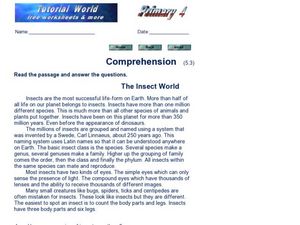
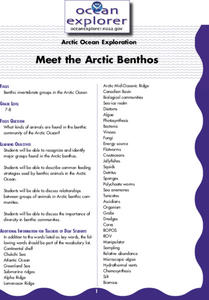
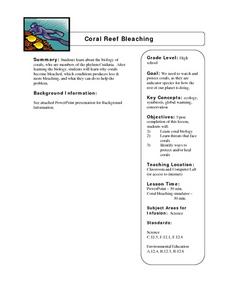


![Pbs: The Shape of Life: Activities and Resources: Phylum Comparison [Pdf] Activity Pbs: The Shape of Life: Activities and Resources: Phylum Comparison [Pdf] Activity](https://content.lessonplanet.com/knovation/original/115994-9311c915222671f24d62d04783ca3890.jpg?1661495768)

